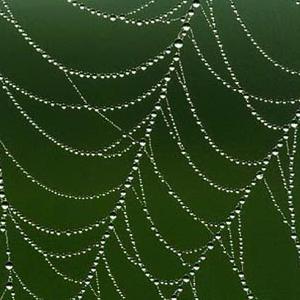|
|
| Line 1: |
Line 1: |
| - | {{UC_Chile2}} | + | {{Beerdragons}} |
| - | hola
| + | |
| | + | |
| | + | <html> |
| | + | <div class="slider-wrapper theme-default"> |
| | + | <div class="ribbon"></div> |
| | + | <div id="slider" class="nivoSlider"> |
| | + | <img src="https://static.igem.org/mediawiki/2012/3/3f/UC_Chile-Trabajo_de_lab_viernes_6.1.12.jpg" alt="" title="#htmlcaption" /> |
| | + | <img src="https://static.igem.org/mediawiki/2012/d/d5/UC_Chile-Presentaci%C3%B3n_viernes_6.1.12.jpg" alt="" /> |
| | + | <img src="https://static.igem.org/mediawiki/2012/6/6e/UC_Chile-Feria_Ingenia.jpg" alt="" /> |
| | + | <img src="https://static.igem.org/mediawiki/2012/4/46/UC_Chile-Brainstorming_dom_8.1.12.jpg" alt="" /> |
| | + | <img src="https://static.igem.org/mediawiki/2012/c/c0/UC_Chile-Brainstorming.jpg" alt="" /> |
| | + | </div> |
| | + | <div id="htmlcaption" class="nivo-html-caption"> |
| | + | <center> Chilean iGEM team brainstorming possible proyects </center></div> |
| | + | </div> |
| | + | <br/><br/><br/> |
| | + | <div id="primarycontent"> |
| | + | </html> |
| | + | |
| | + | |
| | + | <font face="Calibri"><font size=2> |
| | + | |
| | + | <div id="Spider"> |
| | + | |
| | + | == SpiderColi== |
| | + | </div> |
| | + | |
| | + | [[File:UC_Chile-Spider_web.JPG|left|200px|link=https://2012.igem.org/Team:UC_Chile/Bacto/Notepad]] |
| | + | |
| | + | <p> Our goal is to generate new synthetic spider silk-like proteins that maintain or improve some of the properties of the spider silk and to efficiently create a new biomaterial for biomedical or construction applications. |
| | + | </p> |
| | + | |
| | + | <br><br><br><br><br><br><br><br> |
| | + | |
| | + | |
| | + | <div id="Cyano"> |
| | + | |
| | + | == Cyanolux == |
| | + | |
| | + | [[File:lightefficiency.jpg|left|200px|link=https://2012.igem.org/Team:UC_Chile/Cyano/Notepad]] |
| | + | |
| | + | <p>Synthethic biology aims to quantitatively design, control and predict complex spatiotemporal cell behavior, and to do so by developing standarized and engineerable genetic tools. Nevertheless, to date, no synthetic genetic circuit has acomplished the task of exhibiting a robust and constant (i.e phase and amplitude in a week period) time oscillation. We want to take advantage of more than 2000 million years of evolution of cyanobacteria and use their endogenous circadian rhythm to assemble a time-controlled metabolic pathway. As a proof of concept we want to engineer the first light-rechargeable biological lamp: Synechocystis PCC 6803 cells that emit light only by night while recovering and producing the substrates in the day.</p><!-- Yes, I like to write things in the source code as well --> |
| | + | </div> |
| | + | <br><br><br><br><br> |
| | + | |
| | + | <div> |
| | + | |
| | + | == THE BEERDRAGON == |
| | + | |
| | + | [[File:dragon1.jpg|left|300px|link=https://2012.igem.org/Team:UC_Chile/beerdragonproject]]<div style="float:left;text-align:left;padding:10px">I like dragons :)<br>do you?</div>[[File:Drinks.jpg|left|link=https://2012.igem.org/Team:UC_Chile/Team/Overview]]</div> |
SpiderColi
Our goal is to generate new synthetic spider silk-like proteins that maintain or improve some of the properties of the spider silk and to efficiently create a new biomaterial for biomedical or construction applications.
Cyanolux
Synthethic biology aims to quantitatively design, control and predict complex spatiotemporal cell behavior, and to do so by developing standarized and engineerable genetic tools. Nevertheless, to date, no synthetic genetic circuit has acomplished the task of exhibiting a robust and constant (i.e phase and amplitude in a week period) time oscillation. We want to take advantage of more than 2000 million years of evolution of cyanobacteria and use their endogenous circadian rhythm to assemble a time-controlled metabolic pathway. As a proof of concept we want to engineer the first light-rechargeable biological lamp: Synechocystis PCC 6803 cells that emit light only by night while recovering and producing the substrates in the day.
THE BEERDRAGON
I like dragons :)
do you?
 "
"










